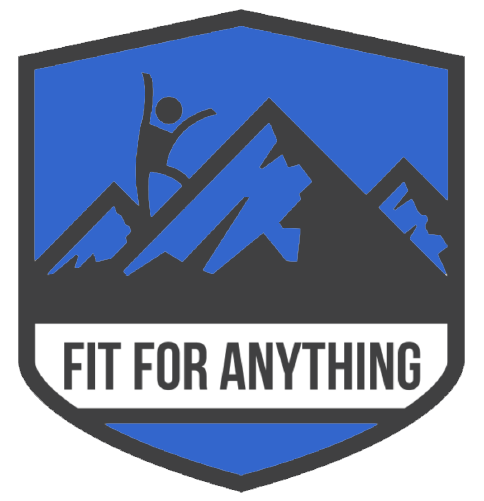There are so many fantastic ways to exercise yet few compare with hiking. Not only is this something you can do with the family, with friends or with a hiking group, it’s a really nice way to get the blood pumping outdoors while enjoying the fresh air. The downside, however, is that pesky knee problem many suffer with when hiking downhill.
Do you find that hiking downhill is causing you a painful issue? It’s not an uncommon problem, however, can often be avoided or significantly reduced if you know how.
Why Your Knees Hurt
When you are moving downhill your knees quite literally carry your full weight. Worse still they (primarily your dominant knee) also takes on the weight that comes from the natural force associated with moving downhill.
This combined pressure means that between your knee joint and your tibia you could be feeling as much as eight times your body weight. It doesn’t matter what you weigh, that kind of focused pressure when unwanted is not good.
Moving Forward (Without Pain)
- Why Do Some People Get Pain and Others Don’t?
If you already have some weakness in your knees or in your leg muscles you will be more prone to knee pain on the way downhill. Additionally, of course, the heavier you are the more weight is amplified by the downward motion and on top of this, if you aren’t wearing effective footwear you mind find this intensifies the problem.
- Build Up Your Leg Muscles
This is the step more likely to help you avoid knee pain when hiking downhill. The muscles that work around and support the knee will all benefit from firming up and so work on your glutes and calf muscles, hamstrings and your quadriceps.
- Don’t Rush
Don’t try and move downwards too quickly. Use measured paces and be aware of what your body is telling you.
- Deal with Pre-Existing Problems
If you have an unresolved injury or issue, or something you feel hasn’t properly healed you will only make matters worse by putting it under the amount of stress you are when you are hiking. Deal with prior injuries before hiking. As impatient as you are to get moving you’ll only end up slowing yourself down or worse injuring yourself further.
- Hiking Poles
There is nothing amateur about using hiking poles, indeed an amateur move would be to neglect to use them when you know they will help take off the pressure, keep you moving longer, avoid injury and minimise pain. Using poles enables you to take some of the downward force on using your arms and shoulders, as opposed to your legs and knees being responsible for all of it.
- Knee support
This is only a temporary measure or one to be used in addition to using poles, addressing prior injuries and working on your muscles. Knee supports give temporary relief only on their own.
If you thought that perhaps you were going to have the opt out of hiking in future thanks to knee pain you can think again. Remember though that any injury or pain that perseveres needs to be seen by your GP or physio.

